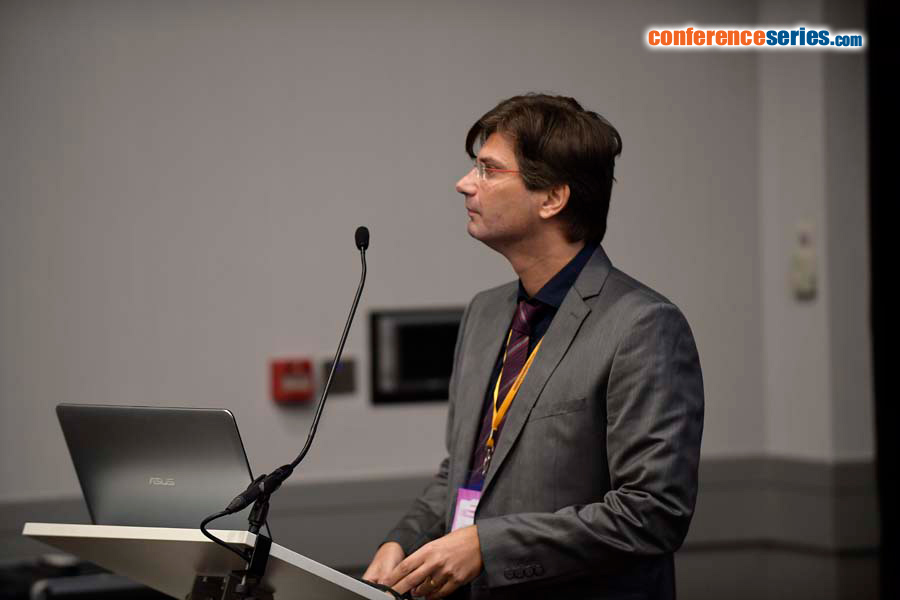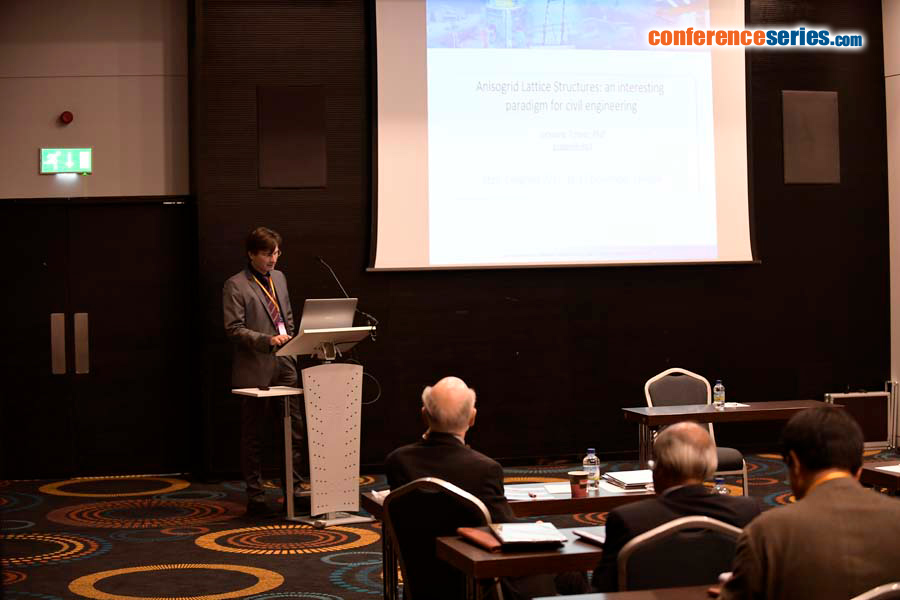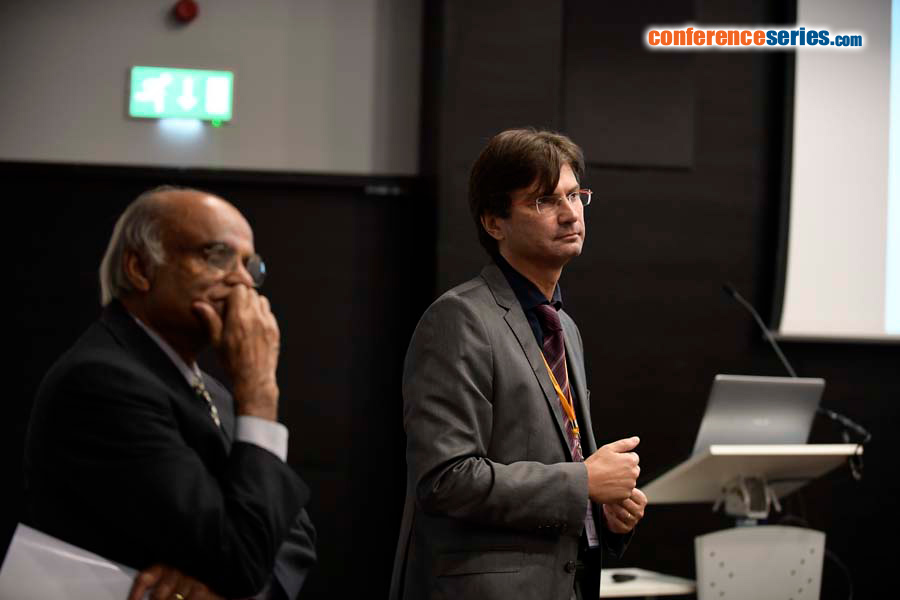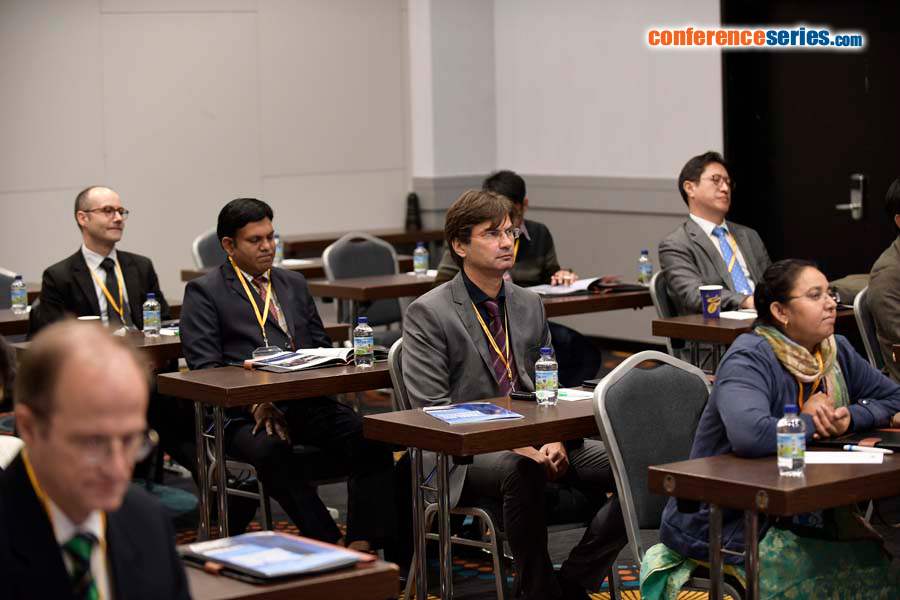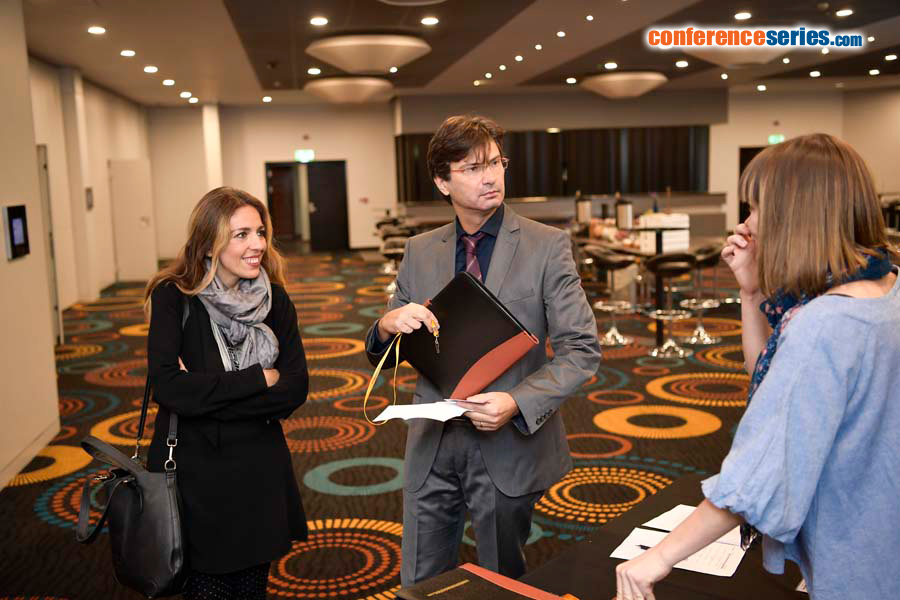
Giovanni Totaro
CIRA-Italian Aerospace Research Center, Italy
Title: Anisogrid lattice structures: an interesting paradigm for civil engineering
Biography
Biography: Giovanni Totaro
Abstract
Anisogrids, that is, non-isotropic grids, represent a specific design concept in composite material conceived to maximize the efficiency of cylindrical and conical lattice shell structures subjected to high compressive and bending loads that are usually encountered in aerospace applications. This concept consists of a regular, dense and symmetric system of the continuous interlaced unidirectional hoop and helical ribs forming a pattern of triangular and hexagonal cells. Helical ribs are normally coincident with the geodesic trajectories of the shell. These structures can be supplemented with a thin outer skin, which normally increases the critical global buckling load, or provides only an external coverage. Automated winding deposition is the basic technology. Anisogrids represent an excellent paradigm for the development of lightweight primary structures, not necessarily limited to composites. In conjunction with composites, they have clearly expressed the maximum potentiality in the field of space launcher vehicles - where the weight efficiency is of primary importance - as demonstrated by the serial production of inter stages and cone adapters referred to the Russian space launcher Proton-M. In fact, replacing the aluminum structures based on the conventional skin-stringer architecture with optimized anisogrids may result in a considerable weight saving around 40%. Actually, the first real precursor of the modern Anisogrids is just related to a civil application, namely, the Moscow radio tower dated 1921. Other than aerospace field, existing and possible application of lattice structures include: masts, columns, pipes, and other elements of civil engineering structures.


